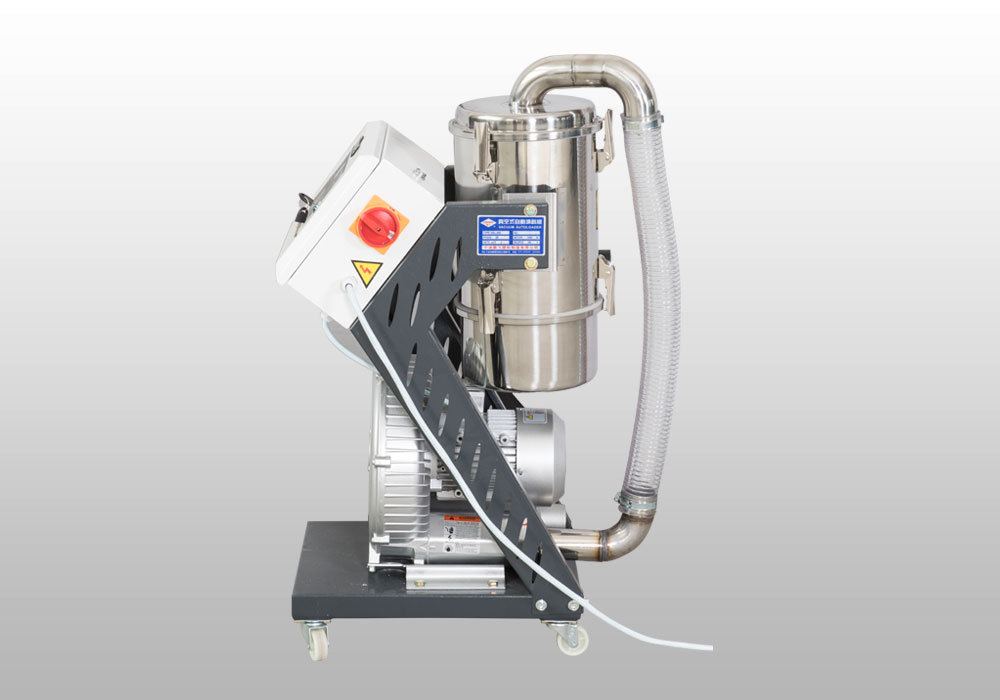Date:May 13, 2020
What industrial chillers are used for
In an ideal cycle, the condenser plays a dual role. Before any condensation occurs, the high-pressure steam must first be saturated (desuperheated). Sufficient heat must be transferred from the refrigerant to lower its temperature to saturation temperature. At this point, condensation begins. As heat continues to be transferred from the refrigerant vapor to the air (or water, if a water condenser is used), the quality of the refrigerant (the percentage of refrigerant in the vapor state) will continue to decrease until the refrigerant reaches full condensation. In an ideal system, this occurs at the outlet of the condenser. In the real world, there will be some supercooling at the condenser outlet. When the refrigerant suffers a pressure loss in pipes and components, the supercooled liquid prevents the liquid from flashing.
The refrigerant is now in a liquid state and is under high pressure and high temperature. Before it can become a useful heat transfer medium, it must undergo additional changes. The temperature drops. This is achieved by reducing the pressure. You can expect the relationship between refrigerant pressure and temperature to be an absolutely reliable law. If the pressure of the saturated liquid is reduced, the law governing its existence requires it to assume the saturation temperature at the new pressure.
Therefore, in order to lower the temperature, the pressure must be lowered, and for this a certain limitation is required. It would be more desirable if the limit can be adjusted by itself as the system load requirements change. This is exactly what the thermostatic expansion valve does. It is an adjustable limiting device that can cause the pressure of the liquid refrigerant to decrease, but it is adjusted to maintain a constant superheat at the outlet of the evaporator. The thermostatic expansion valve is an overheat control device and does not maintain a constant vapor pressure. It only provides the limits needed to reduce the pressure to a certain level, which will be determined by the compressor size, thermostatic expansion valve, size load, load demand and system conditions. If a constant evaporator temperature is required, it can be achieved very simply by maintaining a pressure corresponding to the desired saturation temperature. This is achieved by adding an evaporator pressure regulating valve to the system.

Our ideal cycle experienced a pressure drop from a thermostatic expansion valve. Where liquid and steam are mixed, there must be no overcooling or overheating. Therefore, anywhere in the system where the refrigerant is in two states, the pressure will be at the saturation temperature.
As a means to remove the heat required to reach this lower temperature, some liquid refrigerant needs to be boiled. Another heat transfer process produces a lower liquid temperature. The liquid sacrificed during boiling illustrates the improvement of refrigerant quality. The greater the difference between the liquid temperature and the evaporator temperature, the more liquid that will have to be boiled in order to reach the new saturation temperature. This leads to higher refrigerant quality.
The last part of the refrigerant stroke is a mixture of saturated liquid and steam, which flows through the evaporator line. Warm air blows through the evaporator, and its heat is transferred to the boiling refrigerant. This is the latent heat gain of the refrigerant, which does not cause a temperature increase and changes in state at the same time. In an ideal cycle, the last molecule of saturated liquid boils at the evaporator outlet, which is connected to the compressor inlet. Therefore, the steam at the compressor inlet is saturated.